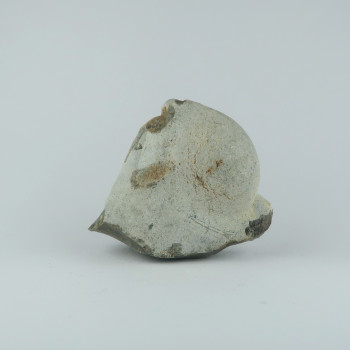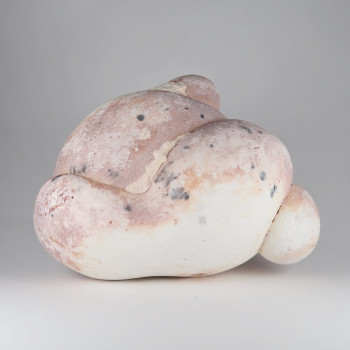Menilite
Menilite is a white, cream, brown, or grey form of Opal which occurs in concretions.
It is sometimes called ‘Liver Opal’ due to its shape and colours. In the metaphysical world, it is also referred to as ‘Goddess Stone’.
The unusual shapes it forms in are popular with collectors.
Showing all 2 results
Information about Menilite
Menilite is an opal variety with a distinctive earthy, dull luster, often appearing in shades of gray, brown, or beige.
It frequently forms in botryoidal (grape-like) or rounded masses and has a smooth, compact texture.
Unlike the more transparent and vibrant opals, menilite is opaque and lacks the play of color typically associated with precious opals. Its matte finish and organic appearance make it stand out among other opal varieties.
Uses and History
Menilite is primarily of interest to collectors and researchers due to its unique formation and composition.
Menilite derives its name from its type locality, Ménilmontant, a district in Paris, France, where it was first identified. The mineral was historically associated with the region’s sedimentary deposits and has since been found in various other locations worldwide.
The best known menilite specimens are from Castile-La Mancha, Spain, and sometimes have three ‘types’ of Opal per specimen – differing slightly in colour and composition.
Its connection to opal and its unique formation history have made it a subject of interest in geological studies.
Mineralogy
Grey, grey-brown, off white, brown
Hazards and Warnings
Mineral collectors should wash their hands after handling specimens, to avoid any exposure to potential toxins.
Almost all rocks, minerals (and, frankly, almost all other substances on earth) can produce toxic dust when cutting, which can cause serious respiratory conditions including silicosis.
When cutting or polishing rocks, minerals, shells, etc, all work should be done wet to minimise the dust, and a suitable respirator or extraction system should be used.
Translations
Arabic:
Hindi:
Portuguese:
- Menilita
Bengali:
Indonesian:
Punjabi:
English:
- menilite
Italian:
Russian:
French:
- Ménilite
Japanese:
- メニライト
Spanish:
- Menilita
German:
- Menilit
Korean:
Thai:
Gujurati:
Mandarin Chinese:
Urdu:


